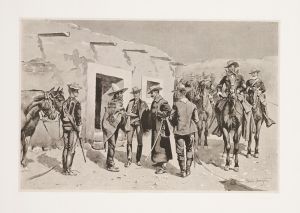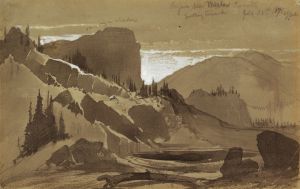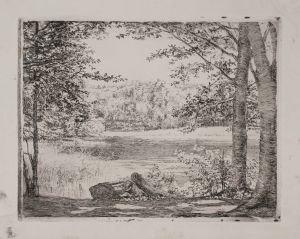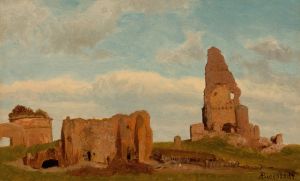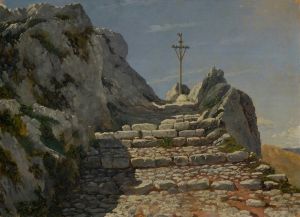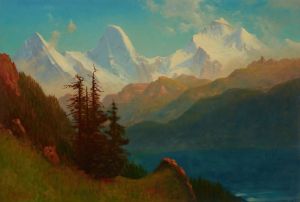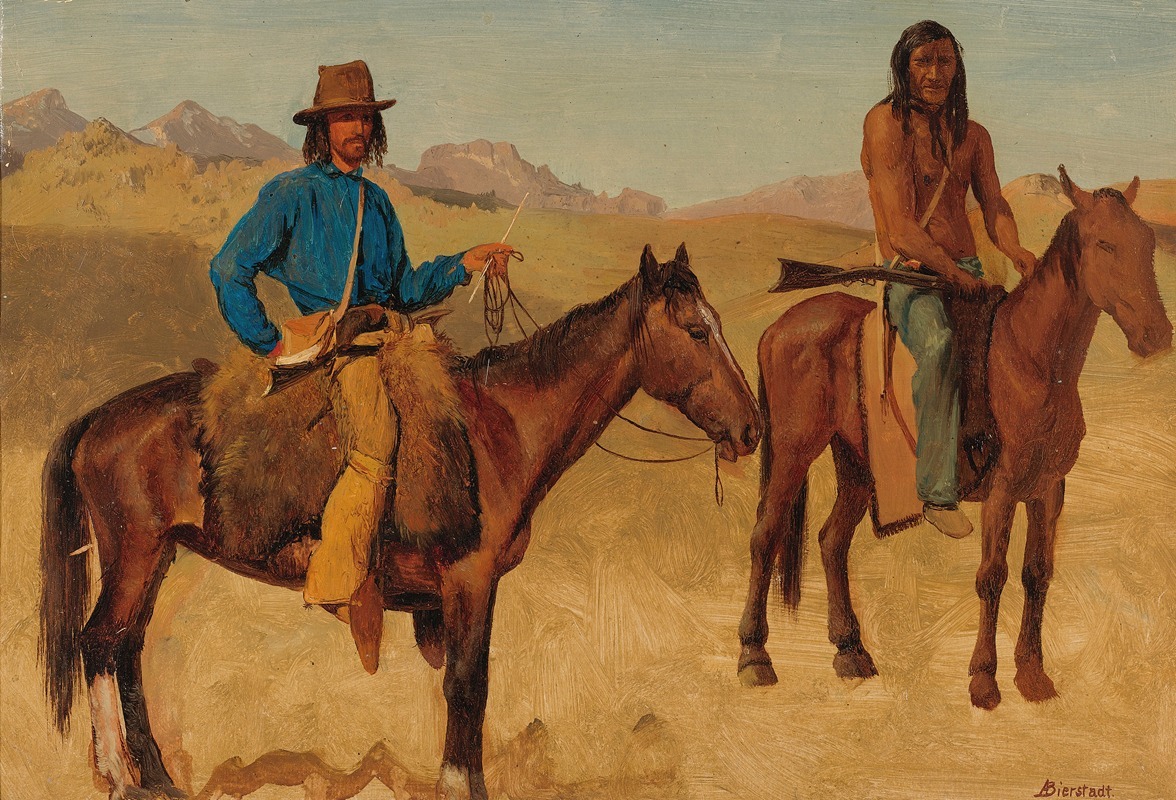
Trapper And Indian Guide On Horseback
A hand-painted replica of Albert Bierstadt’s masterpiece Trapper And Indian Guide On Horseback, meticulously crafted by professional artists to capture the true essence of the original. Each piece is created with museum-quality canvas and rare mineral pigments, carefully painted by experienced artists with delicate brushstrokes and rich, layered colors to perfectly recreate the texture of the original artwork. Unlike machine-printed reproductions, this hand-painted version brings the painting to life, infused with the artist’s emotions and skill in every stroke. Whether for personal collection or home decoration, it instantly elevates the artistic atmosphere of any space.
Albert Bierstadt was a renowned 19th-century American painter known for his large landscapes of the American West. His works are characterized by their grand scale, dramatic use of light, and meticulous attention to detail. Bierstadt was part of the Hudson River School, a group of artists who focused on romantic landscapes and the natural beauty of the American wilderness.
"Trapper And Indian Guide On Horseback" is one of Bierstadt's many paintings that depict scenes from the American frontier. Although specific details about this particular painting are limited, it is consistent with Bierstadt's broader body of work, which often included themes of exploration and the interaction between European-American settlers and Native Americans.
Bierstadt's paintings were instrumental in shaping the perception of the American West during the 19th century. His works often romanticized the vast, untamed landscapes and the people who inhabited them. This romanticism was part of a larger cultural movement that viewed the West as a land of opportunity and adventure, a perspective that was appealing to many Americans during a time of westward expansion.
In "Trapper And Indian Guide On Horseback," Bierstadt likely portrays a scene involving a trapper, a common figure in the 19th-century American West, and a Native American guide. Trappers were individuals who hunted and trapped animals for their fur, which was a valuable commodity at the time. Native American guides were often employed by trappers and explorers for their extensive knowledge of the land and survival skills.
Bierstadt's depiction of such interactions would have been informed by his own travels and experiences. He participated in several expeditions to the American West, where he gathered sketches and studies that would later inform his studio paintings. These trips provided him with firsthand observations of the landscapes and peoples he painted, lending a degree of authenticity to his work.
The painting likely captures the dynamic and sometimes complex relationships between European-American settlers and Native Americans. While Bierstadt's works are celebrated for their beauty and technical skill, they also reflect the cultural attitudes and historical context of his time, which often included idealized and sometimes stereotypical portrayals of Native Americans.
Bierstadt's art played a significant role in promoting the idea of Manifest Destiny, the belief that the expansion of the United States across the American continent was both justified and inevitable. His paintings were exhibited widely and were popular among audiences in both America and Europe, contributing to the mythos of the American West.
Overall, "Trapper And Indian Guide On Horseback" fits within Albert Bierstadt's oeuvre as a representation of the American frontier, capturing the spirit of exploration and the complex interactions between different cultures during a pivotal era in American history. While specific details about this painting are scarce, its themes and style are emblematic of Bierstadt's influence on American art and cultural history.







